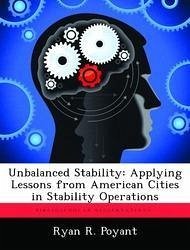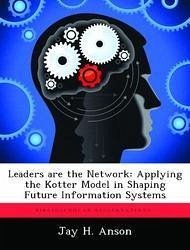Nicht lieferbar

A Future North American Defense Arrangement: Applying a Canadian Defense Policy Process Model
Versandkostenfrei!
Nicht lieferbar
The principal objective of this research is to inform the reader of the key aspects of and prospects for a possible bilateral Continental Defense and Security Agreement (CDSA) between the US and Canada. The approach here will be to apply a Canadian defense policy process model as a framework to analyze recent and pending Canadian government decisions with respect to North American defense. This policy model was originally formulated by US researchers to illuminate the US defense policy process and has been modified by the author as a tool for understanding the Canadian case. Areas for explorat...
The principal objective of this research is to inform the reader of the key aspects of and prospects for a possible bilateral Continental Defense and Security Agreement (CDSA) between the US and Canada. The approach here will be to apply a Canadian defense policy process model as a framework to analyze recent and pending Canadian government decisions with respect to North American defense. This policy model was originally formulated by US researchers to illuminate the US defense policy process and has been modified by the author as a tool for understanding the Canadian case. Areas for exploration include a brief history of the US-Canada defense relations, the lineage and evolution of the current proposal for enhanced bilateral cooperation, a summary of the current proposal for such an agreement accompanied an evaluation from the perspective of Canada, and considerations for the future. A by-product of this research is that it will provide the reader insights into past and present US-Canadian defense relations as well as a framework for understanding Canadian defense decision making. This work has been selected by scholars as being culturally important, and is part of the knowledge base of civilization as we know it. This work was reproduced from the original artifact, and remains as true to the original work as possible. Therefore, you will see the original copyright references, library stamps (as most of these works have been housed in our most important libraries around the world), and other notations in the work. This work is in the public domain in the United States of America, and possibly other nations. Within the United States, you may freely copy and distribute this work, as no entity (individual or corporate) has a copyright on the body of the work. As a reproduction of a historical artifact, this work may contain missing or blurred pages, poor pictures, errant marks, etc. Scholars believe, and we concur, that this work is important enough to be preserved, reproduced, and made generally available to the public. We appreciate your support of the preservation process, and thank you for being an important part of keeping this knowledge alive and relevant.











